What Do You Have to Study to Become a Dermatologist
We wrote this commodity as an introduction to Dermatology, but also to provide a detailed pace-past-stride guide for future Medical students looking for accurate data about how to go a Dermatologist. We would like to convey to the reader, the level of dedication necessary to complete a residency in Dermatology, become licensed, and then accept a career as a Dermatologist. Quick Navigation Links to ten FAQ'due south about Dermatology and Dermatologists The teaching and training path to go a Dermatologist takes 12 years or longer to consummate. Obviously, this takes an enormous corporeality of dedication and sacrifice. Assuming that a loftier school education or GED has been completed, here are the necessary steps to go a Dermatology specialist: Well-nigh medical schools crave the following prerequisite courses: mathematics, physics, chemical science, biological science, organic chemistry, beefcake, and English. To be competitive, medical admissions specialists propose earning a B or college in all classes. In addition to receiving skilful grades, other experiences such as volunteering, leadership roles, inquiry, and shadowing are definitely taken into business relationship past admissions specialists. The Medical Higher Admissions Exam (MCAT) is required for entrance into all U.s. medical schools. The MCAT is an eight hour, computer based exam. However, during the COVID 19 Pandemic, this requirement was waived by many schools. Scoring well on this test is an essential component of existence considered as a medical school bidder. Many Universities use estimator algorithms that automatically filter and reject applications immediately if a predetermined MCAT score isn't met. Afterwards undergraduate prerequisites are complete, students wanting to get Dermatologists must use and exist accepted to an Allopathic (MD degree) or Osteopathic (Practice degree) medical school. Because Medical school admission is highly competitive, loftier form point averages and MCAT scores are very of import. Virtually med schools use computer based algorithms to screen applicants, so it's vital to have good scores in society to even exist considered for admission. Medical school curriculum is broken down into two singled-out parts. The first two years are spent doing classwork, where the basic sciences of Medicine are learned. The last two years of Medical school are spent in teaching hospitals where students become familiar with clinical skills and procedures. During Medical schoolhouse, all students must laissez passer two national board examinations. For Allopathy students these are the USMLE Step one and Step ii exams. There are similar board examinations for D.O. students, called the COMLEX tests. During their concluding year at medical school, students submit applications and interview for various residency programs in their called career. Of course for this topic, this includes Dermatology residencies. Following the interview procedure, Medical school students are matched into residency training programs using a computer algorithm method termed "The Friction match". Finally, medical students complete their studies and prepare to begin residency. Later Medical school is officially complete, graduates now get a limited license to exercise and see patients. However, they must do so under supervision. All future Dermatology residents must complete a one year Internship, as well known every bit transitional or preliminary year. During this fourth dimension, trained students, who at present have a M.D. or D.O. caste work in didactics hospitals, clinics, and emergency departments to meet patients and acquire skills for a broad understanding of medicine. The USMLE Pace iii or COMLEX Level 3 must also completed during this time. Dermatology residency is highly competitive three year programme. It is during this time, that Residents in Dermatology finally participate in a comprehensive program that focuses entirely upon Dermatologic Medicine. During this fourth dimension resident physicians practice in many unlike areas including consulting with inpatient and outpatient dermatological problems, dermatologic surgery, dermatology electives, dermatopathology, and in dermatologic research. Residents as well participate in conferences, national and international events, and are encouraged to publish their findings. Although board certification in Dermatology isn't technically required for obtaining a professional medical license, it is a desirable credential that demonstrates knowledge and infrequent expertise. Nearly every infirmary, clinic or educational institution demands board certification for employment. Certification for Dermatology residents can be obtained through several governing bodies including the American Board of Dermatology (ABD) and the American Osteopathic Board of Dermatology. Dermatologists take the pick to pursue additional training in one of the 3 to four subspecialties of Dermatology. This isn't necessary in order to find a job. To acquire more about Dermatology subspecialties and fellowship continue to the next department. Learn why 89% of doctors would choose the same specialty again. There are three recognized subspecialties of Dermatology. These include: A Dermatologist is an Allopathic (Md) or Osteopathic (DO) trained Dr. that has completed a 1 year internship followed by a 3 yr dermatology residency. They specialize in the diagnosis and treatment of medical weather condition that affect the skin, nails, hair, and mucous membranes. Dermatologists are ordinarily known every bit "skin doctors." The skin is the largest organ on the homo body, so Dermatologists accept a high level of education and training to provide patients with the proper medical pare intendance. Dermatologists are trained to provide medical, surgical and corrective services that involve the skin. The types of procedures they choose to provide is dependent upon each individual Dermatologist's mode of patient practise. Of grade, this is influenced by any additional subspecialty training they may have obtained during fellowship. According to the Centers for Affliction Control and Prevention (CDC), the most common reasons why a person would see a Dermatologist include treatments for: Other common conditions that Dermatologists run across patients for include: On average, it takes at least 12 years of education and training afterward high school to become a licensed Dermatologist. This includes: All Dermatologists are trained to do basic surgery on the pare. Surgeries tin exist minor, such as doing skin biopsies or removing warts and moles. Dermatologists as well perform more advanced surgeries requiring anesthesia and mail service operative intendance. Many Dermatologists obtain boosted training to perform advanced skin surgery such equally Mohs surgery. Dermatology is a wonderful career path in terms of job satisfaction, pay, and future job outlook. The Journal of the American University of Dermatology mentions that almost fifty per centum of their dermatologist members feel more Dermatologists are needed in the field due to the aging population. Financially, Dermatologists are one of the virtually highly paid Medico specialties. At that place are multiple online sources that report pay for Dermatologists. Co-ordinate to the Medscape Md Compensation Report of 2020, $411,000 is the boilerplate salary. Another highly reputable source, AAMC Careers in Medicine, which tracks income for Dermatologists in Academia gives the post-obit estimates: Banana professor: $299,00 Most schools of Medicine practice non crave prospective students to have specific majors or specific degrees such every bit a bachelor of scientific discipline. Many students choose a related field such as Biological science or Chemical science though. As long as applicants have completed all the required courses, they are eligible to apply. Students considering becoming a Dermatologist volition take the same pre-requisites as whatsoever other Medical school applicant. Estheticians and sure types of dermatologists specialize in cosmetic pare care. Both piece of work to raise the appearance of a person's skin using simple, minimally invasive procedures. However, there are major differences in the training and telescopic of exercise between Dermatologists and Estheticians. The training to become an Esthetician may vary slightly from country to country, but in general, to go a licensed Esthetician an individual must complete a minimum of 600 hours of grooming within a 6 month period of time. Some states require 750 hours of training. The prerequisites to enroll into these programs usually but require a high school education or a GED certificate. In contrast, Dermatologists must complete at least 12 years of coursework and patient intendance including Medical school and residency as mentioned above. It'south estimated that an average of 40,000 hours of grooming is spent to become a Dermatologist. You may exist eager to become started on your career in medicine and programme your path to become a dermatologist now that y'all empathize the steps needed. There are many Careers available in Medicine, only ultimately people need to empathize that the first stride to condign a dermatologist begins with getting your Doctor of Medicine degree by getting accepted into an accredited Medical school like UMHS. Click on the underlined link to find out more about UMHS Medical schoolhouse in the Caribbean area. 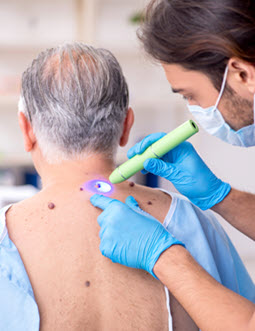 If you are considering a career as a Dermatologist, or only looking for upwardly to date information about the Medical specialty of Dermatology, and so y'all are in the correct place! As a Medical school with students in Dermatology clinical rotations, we have showtime hand experience with this subject!
If you are considering a career as a Dermatologist, or only looking for upwardly to date information about the Medical specialty of Dermatology, and so y'all are in the correct place! As a Medical school with students in Dermatology clinical rotations, we have showtime hand experience with this subject!
Dermatologists didactics - how to get a Dermatologist?
Stride ane: Enroll in a college or University and consummate the coursework needed for admission into Medical schoolhouse
Step 2: Take the MCAT (Medical College Admissions Test)
Step three: Get accustomed and nourish an Allopathic (MD degree) or Osteopathic (Exercise caste) Medical schoolhouse
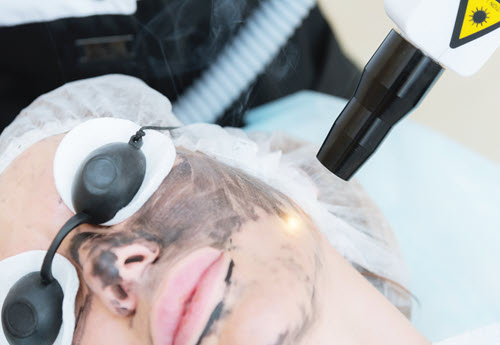
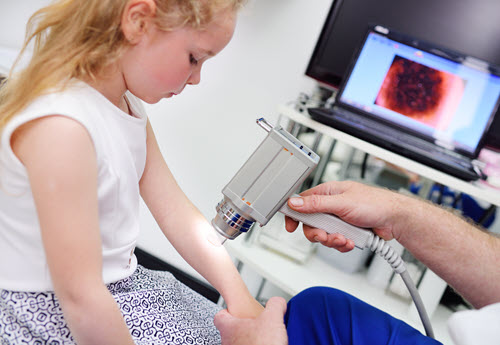
Stride 4: Begin and complete Internship and Residency
Step v: Board Certification
Footstep 6: Fellowship Training (optional)
Discover if a career in Dermatology is right for you.

What are the Subspecialties of Dermatology?
More information nearly Dermatology subspecialties and fellowships tin can exist found here.
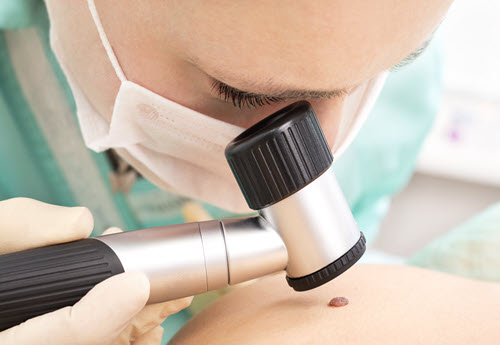

What is a Dermatologist?
What practise Dermatologists do?
How long does it have to become a Dermatologist?
Practice Dermatologists practice surgery?
Is it worth it to go a Dermatologist?
Associate/Full professor: $362,000
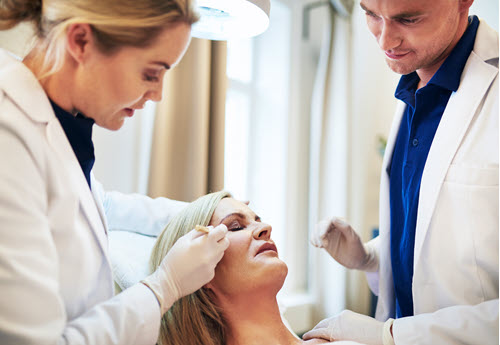
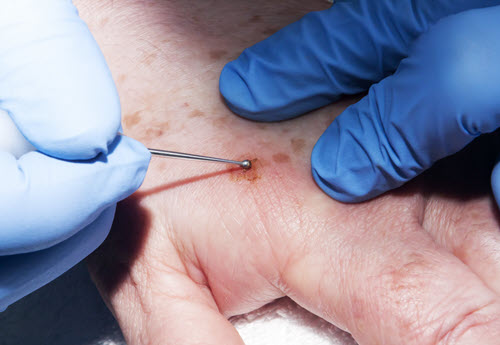
What should I major in to get into Medical school if I am thinking about condign a Dermatologist?
Dermatologist vs Esthetician - What's the departure?
How to pursue a career as a Dermatologist?

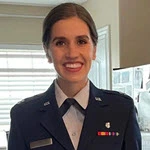
Callie Torres
Callie Torres is a Helm in the United states of america Air Forcefulness and a resident at Wash U/Barnes Jewish Hospital in St Louis. She is a freelance writer with many published medical manufactures also as multiple peer-reviewed medical publications
Source: https://www.umhs-sk.org/blog/how-to-become-a-dermatologist
0 Response to "What Do You Have to Study to Become a Dermatologist"
ارسال یک نظر